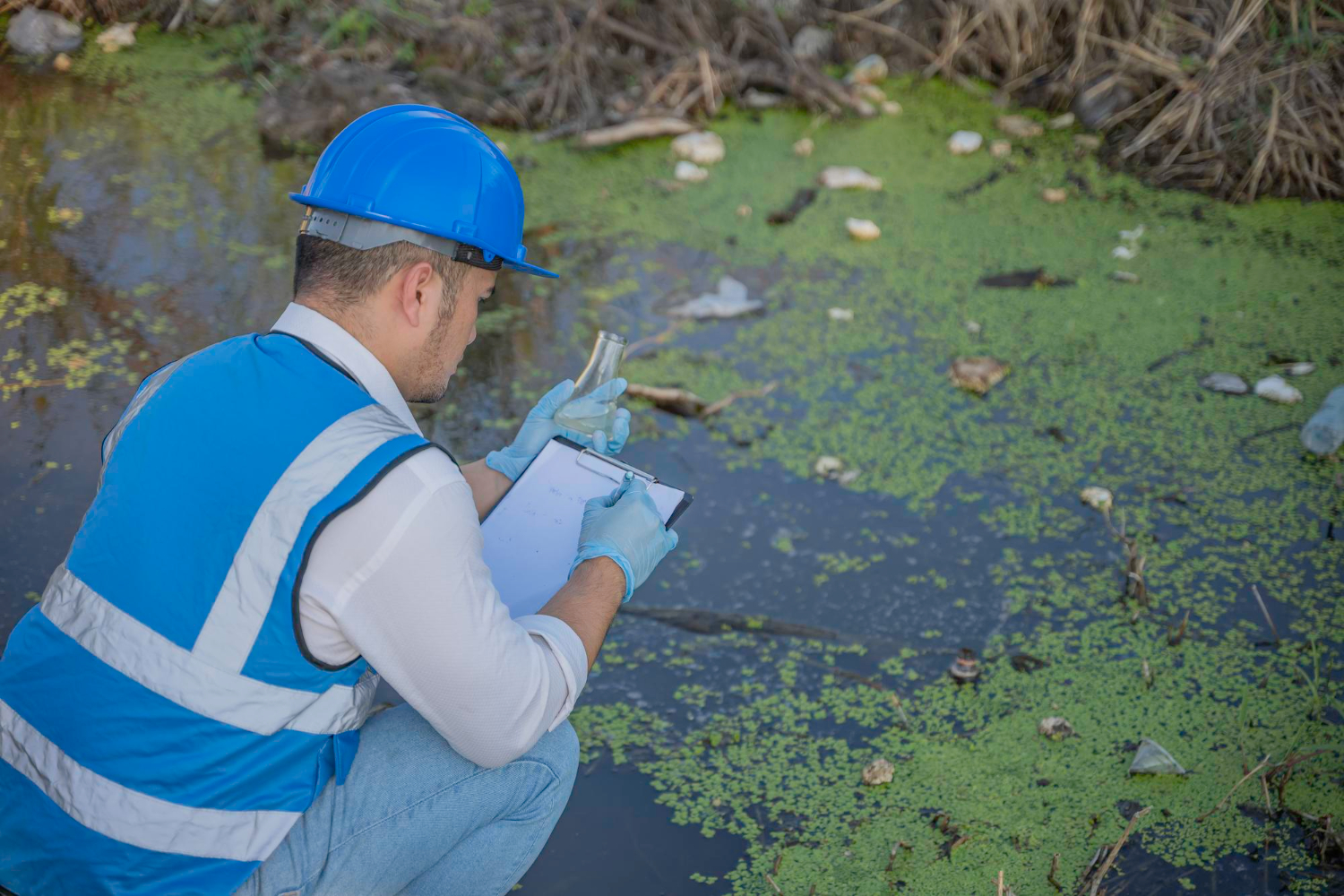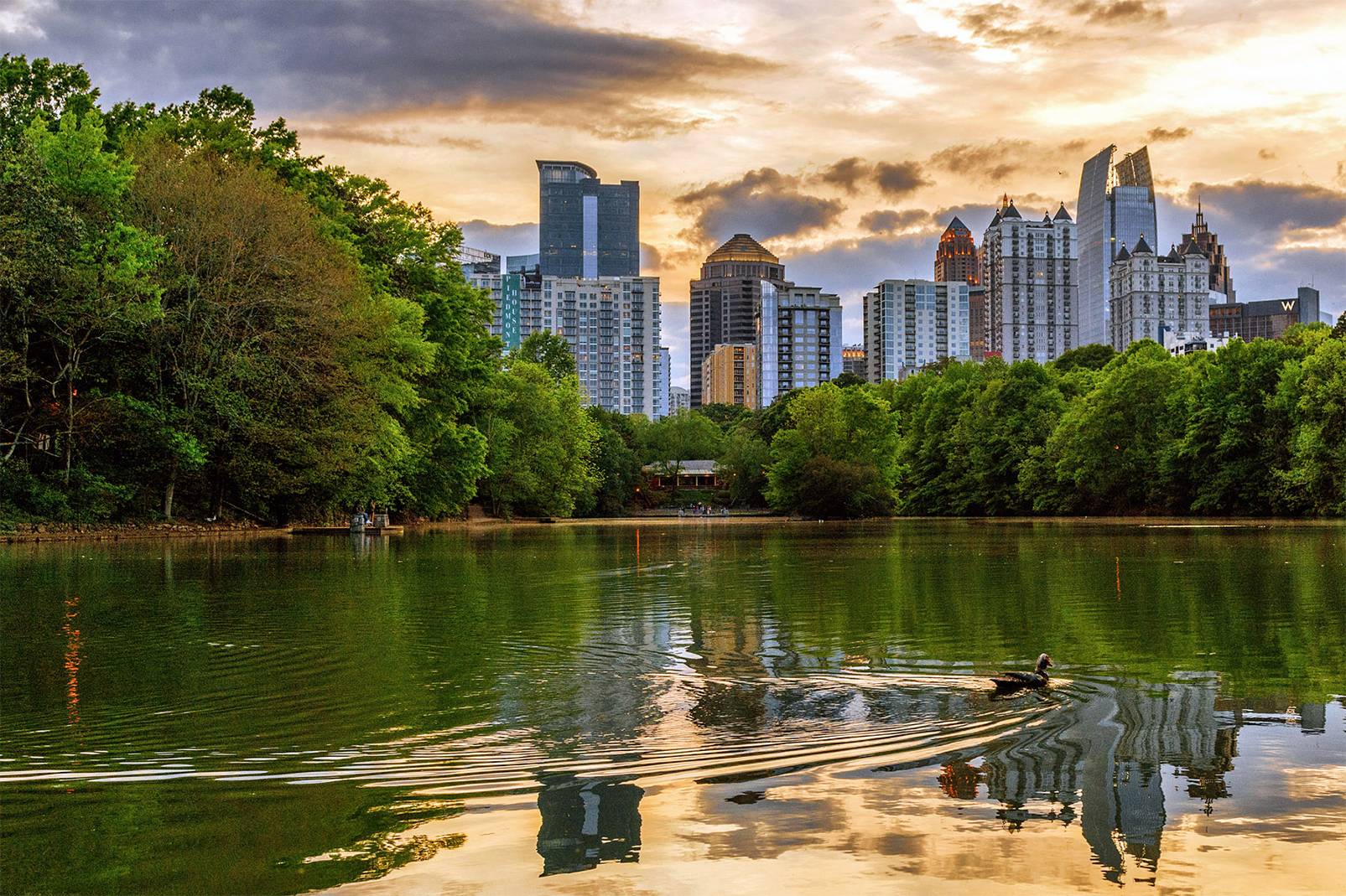
If you’re reading this, there’s a good chance you’re sick and tired of dealing with aquatic weeds that never seem to go away no matter how often you rake, pull, or treat the water. Aquatic weeds, such as hydrilla, water hyacinth, Eurasian watermilfoil, and Brazilian elodea, grow back fast, spread even faster, and can turn a beautiful lake into an unusable mess. These weeds can choke out fish habitats, ruin your swimming area, and make your waterfront look neglected. The good news is, there are measures you can take to prevent invasive aquatic weeds from spreading so fast.
In today’s blog post, the specialists at Aquatic Restoration explain why invasive aquatic weeds are such a menace and what you can do to stop them. As a top-rated lake dredging company, we are familiar with the common invasive aquatic weeds that wreak havoc in lakes and ponds. If this is a problem you’re dealing with, we’re here to help. Feel free to contact us when you need dependable aquatic restoration services, including retention pond maintenance.
Most invasive aquatic weeds are naturally fast-growing species. Their rapid growth allows them to outcompete native plants for sunlight, space, and nutrients. Once they become established, native plants struggle to recover.
Unlike many native species that rely on a single method of reproduction, invasive aquatic weeds can spread through seeds, fragments, tubers, or rhizomes. Hydrilla, for example, can regenerate from even tiny stem pieces. This means that a boat propeller, fishing line, or even wildlife activity can break off parts of the plant and unintentionally spread it to new locations.
Cutting, raking, and harvesting can provide quick results by removing large mats of weeds. However, mechanical removal must be done carefully because improper techniques can actually worsen the problem by creating fragments that spread. Professional lake dredging companies in Carrollton, GA use specialized equipment designed to minimize fragmentation and maximize removal.

Some environments benefit from biological control methods, such as introducing grass carp or plant-specific insects that feed on invasive weeds. These solutions take time but can help restore ecological balance when used appropriately and under proper supervision. Local regulations determine whether biological control is allowed.
Aquatic-safe herbicides are an effective way to control invasive weeds without harming fish or wildlife when applied properly. Professionals use precise dosing to treat affected areas, often combining herbicides with mechanical controls for long-lasting results. This method is especially useful for large ponds and lakes where physical removal alone isn’t practical.
Stopping the spread begins with prevention. Simple steps, such as cleaning boats, fishing gear, and equipment before leaving the water, reduce the risk of unintentionally moving invasive weeds to new locations. Property owners should also monitor shorelines regularly for early signs of new growth.
Reducing nutrient levels in the water can slow the growth of all plants, including invasive weeds. Managing runoff, aerating ponds, and maintaining balanced fish populations help create a healthier ecosystem that’s less susceptible to invasion.
Do you need help with managing invasive aquatic weeds? Is your lake or pond losing its beauty and balance? You need help from a dependable company before it’s too late. Aquatic Restoration is a top-rated service provider that offers lake dredging, shoreline stabilization, retention pond maintenance, siphon installation, and much more. Our team of experts is here to help you restore the beauty and balance of your lake or pond. Call us now to schedule an appointment with the pros at Aquatic Restoration.
Lake management is an integral part of keeping lakes healthy, functional, and beautiful for generations to come. Not only…
When people think of lake management, they often picture large-scale restoration projects involving acres of water and heavy…
Is your once beautiful and sparkling lake looking murky? Does excessive algae or scum on the surface turn it into…
When most people look at a lake, they see peaceful waters reflecting the sky, surrounded by greenery and wildlife. Lakes…